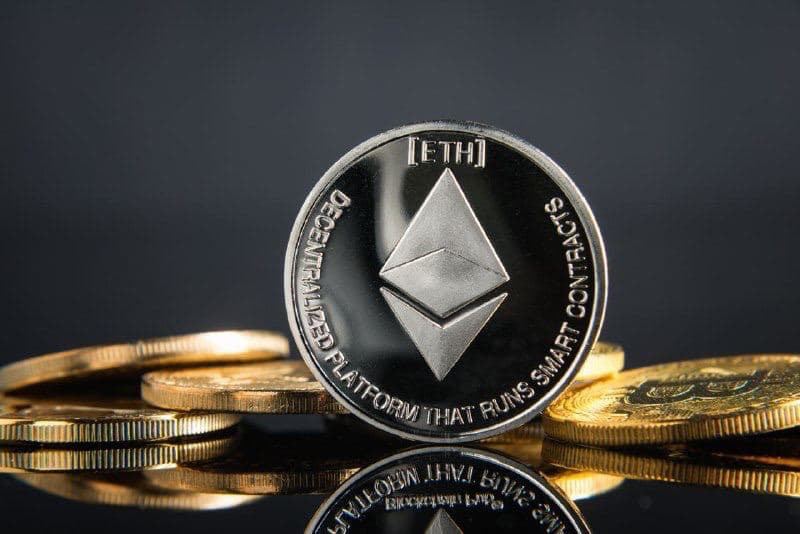Join us on Twitter or Telegram
As the cryptocurrency sector navigates through a bear market, different projects appear unfazed by the conditions accelerating development activities on their respective blockchains. Notably, some projects within the space are standing out in a bid to meet the demands of the community.
In particular, Ethereum (ETH) ranks top among the projects with the most development activity in the last 30 days at 401, according to data provided by blockchain analytics platform Santiment on August 22.
Elsewhere, open-source blockchain Polkadot (DOT) and Kusama (KSM) rank second and third, respectively, each recording 400 development activities. Cardano (ADA) lies in the fourth spot with 389 projects, while Status caps the top five spot at 324.
The development activity tracked by Santiment is based on publicly available Github repositories, with free access to full historical and real-time data regarding the project. The tracking only focuses on development-related events.
Ethereum’s development activity correlates with the upcoming Merge upgrade that will transition the network to the Proof-of-Stake (PoS) protocol. Notably, with such a significant development, more projects are likely attracted to the platform and will look to invest in the new version of the blockchain.
Furthermore, the number of projects might also accelerate the post-Merge period since the network will be deemed better.
At the same time, the developer activity has correlated with market conditions. In most cases, developers tend to work on a blockchain during bullish conditions, but the numbers don’t drop off during a bear market.
It is worth mentioning that over the last 30 days, Ethereum exhibited bullish sentiment in the wake of the Merge upgrade announcement, with the price topping $1,800. However, the recent correction seems not to have affected the development activity.
Historically, the Ethereum gas fees have been a significant pain point affecting development activity on the network.
Additionally, the gas fee partly disincentivized developers and resulted in a stalemate with no solutions. However, the last 30 days have coincided with Ethereum’s gas fees hitting the lowest level in almost two years, hitting 13 gwei.
Elsewhere, other blockchains like Cardano are relentlessly working towards improving the network, attracting more developers ahead of the Vasil Hard Fork to enhance the network’s scalability.
Furthermore, in 2021, Cardano emerged as the most crypto project with the highest development activity on Github. Cardano emerged ahead of Kusama, Polkadot and Ethereum.
Join us on Twitter or Telegram
Or follow us on Flipboard
Like the article? Vote up or share on your social media
Weekly Finance Digest
Check your inbox or spam folder to confirm your subscription.
By subscribing you agree with Finbold T&C’s
Justin crafts insightful data-driven stories on finance, banking, and digital assets. His reports were cited by many influential outlets globally like Forbes, Financial Times, CNBC, Bloomberg, Business Insider, Nasdaq.com, Investing.com, Reuters, among others.
Copyright © 2019-2022
Finbold.com
Weekly Finance Digest
Check your inbox or spam folder to confirm your subscription.
By subscribing you agree with Finbold T&C’s
DISCLAIMER WARNING: The content on this site should not be considered investment advice. Investing is speculative. When investing your capital is at risk. This site is not intended for use in jurisdictions in which the trading or investments described are prohibited and should only be used by such persons and in such ways as are legally permitted. Your investment may not qualify for investor protection in your country or state of residence, so please conduct your own due diligence. This website is free for you to use but we may receive commission from the companies we feature on this site.
Or copy link

